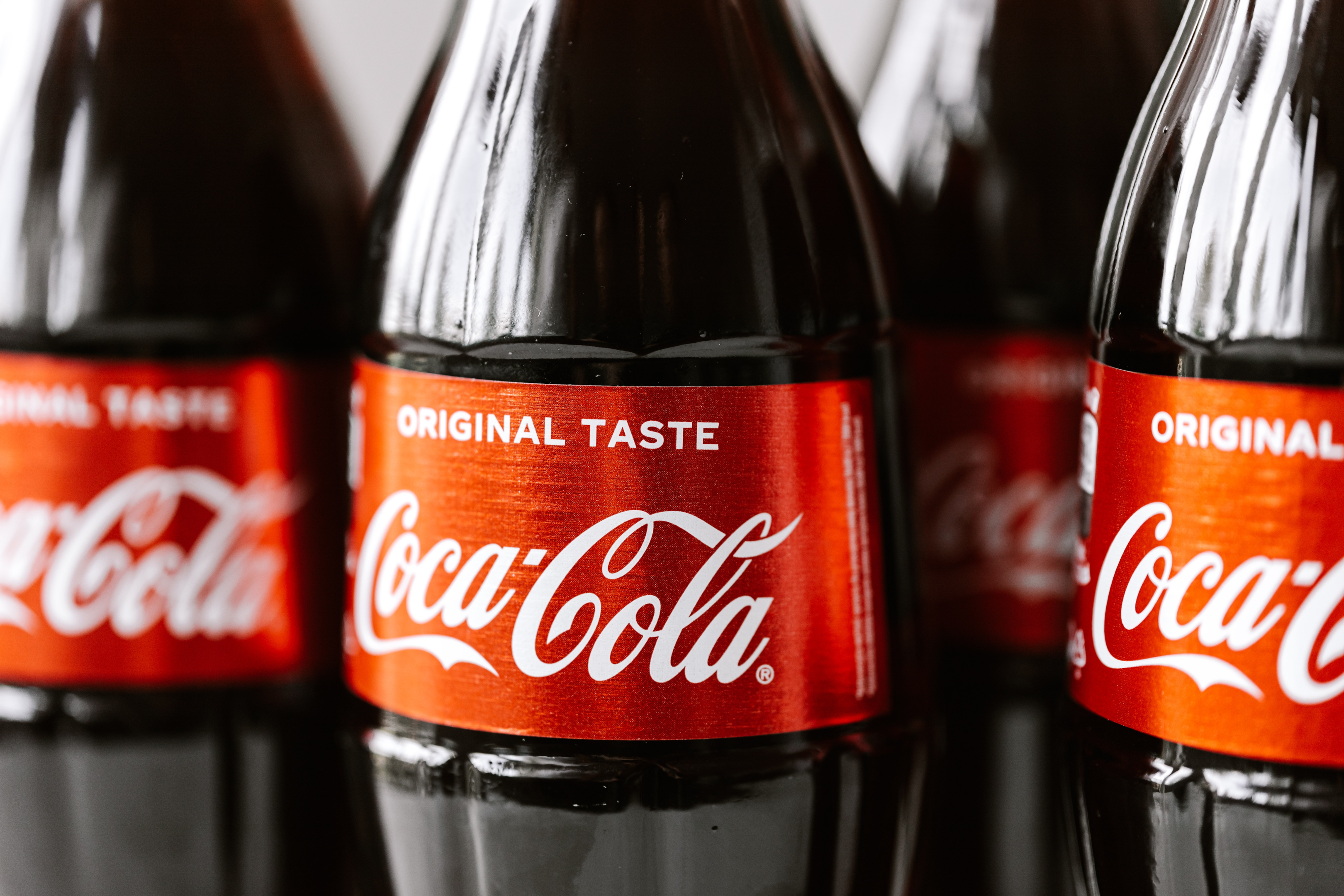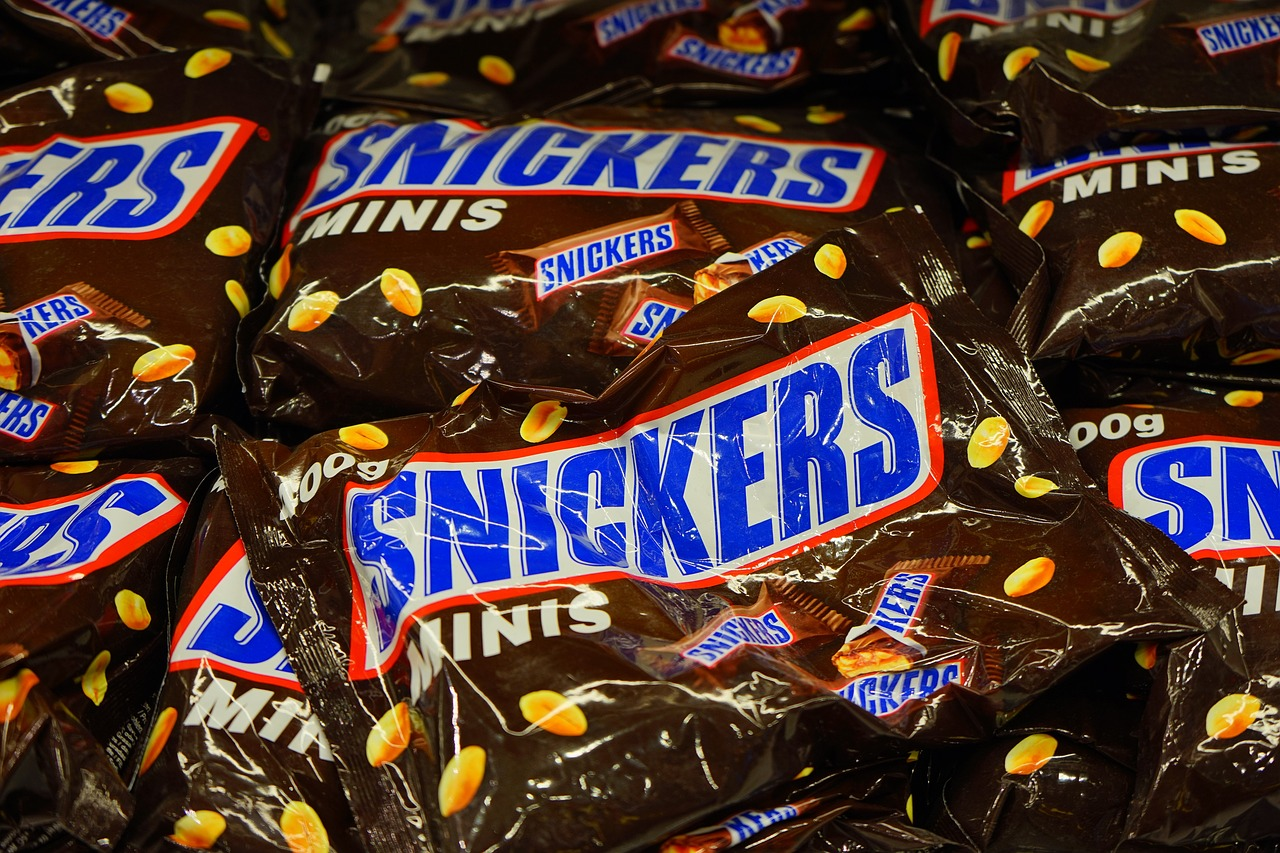
A Comprehensive Guide to Effective Radio Advertising Campaigns: Strategies, Tips, and Best Practices
It is true that video streaming and music streaming are at the forefront in this digital age. But radio still manages to make an impact.
In fact, radio advertising remains a powerful and influential advertising medium, thanks to its wide reach and the ability to captivate listeners through the power of sound. Also, 47% of listeners consider radio ads as a fair trade for their listening time. So, why not invest in radio advertising strategies?
When done right, radio ads can offer unique advantages, such as local targeting capabilities and the potential for creative storytelling that can leave a lasting impression on radio listeners.
If you are ready to make radio ads a crucial part of your marketing strategy, then dive into this blog head first. By the end of this guide, you will have the insights and strategies needed to plan, execute, and evaluate successful radio advertising campaigns that drive results for your business.
1- Understanding the Power of Radio Advertising

Radio advertising is a powerful medium that offers several distinct benefits for businesses.
- One of the key advantages of radio advertising is its wide reach. In fact, radio has a high degree of unduplicated reach. Plus, it is significantly ubiquitous, irrespective of the audience. This broad audience allows advertisers to connect with a diverse range of potential customers.
- In addition to its reach, radio advertising offers local targeting capabilities. Radio stations often cater to specific geographic areas, allowing businesses to reach their local audience effectively. This localized approach is particularly beneficial for businesses operating in specific regions or those targeting a specific demographic within a local market.
- Another unique aspect of radio advertising is its ability to engage listeners through sound. Unlike other mediums, radio allows advertisers to tap into the power of audio to create emotional connections with their audience.
Through the right voices, music, and sound effects, businesses can capture listeners’ attention and evoke desired emotions that resonate with their brand message.
But, when it comes to radio advertising, understanding the different types of radio stations and formats is crucial. Radio stations can be broadly categorized into music, talk, and hybrid formats, each catering to specific audience preferences.
- Music stations are popular among listeners who enjoy a particular genre or style of music. They often target specific demographics based on musical tastes, such as pop, rock, country, or classical. Advertisers looking to reach a specific demographic can choose stations that align with their target audience’s musical preferences.
- Talk radio stations focus on spoken content, including news, interviews, and discussions. These stations attract listeners interested in current affairs, politics, sports, or other specific topics. Ad agencies use talk radio to target focused audiences or discuss topics related to their offerings.
- Hybrid formats combine music and talk segments to cater to a broader range of listeners. These stations often have varied programming, appealing to different demographics at different times of the day. Advertisers can benefit from the diverse audience base provided by hybrid stations, reaching a wider range of potential customers.
Knowing radio station demographics aids advertisers in budget allocation decisions. Once businesses succeed in selecting the right stations that align with their target audience, they can maximize the effectiveness of their radio advertising campaigns.
2- Setting Clear Objectives and Targeting the Right Audience
Before launching a radio advertising campaign, it’s crucial to set clear goals and objectives. Defining radio campaign objectives helps businesses align their strategies and measure the success of their efforts.
Common objectives for radio advertising campaigns include the following –
- Building brand awareness is a primary goal for many businesses, especially those in the early stages or looking to expand their market presence. Radio advertising can effectively introduce a brand to a wide audience, creating familiarity and recognition.
- Driving website traffic is another common objective. By including a call-to-action that directs listeners to visit a website or landing page, businesses can track the effectiveness of their radio ads in generating online engagement. This objective is particularly relevant for businesses operating in e-commerce or offering online services.
- Increasing sales and promoting specific offers are objectives often associated with direct-response advertising. By crafting compelling radio ads with time-sensitive offers or discounts, businesses can motivate listeners to take immediate action and make a purchase. Monitoring sales data allows advertisers to assess the campaign’s impact on their bottom line.
Remember, researching and understanding the target audience is a critical step in crafting effective radio ads. Target audience insights aid in customizing messaging and creative aspects to connect with your desired demographic.
Demographic information such as age, gender, income level, and lifestyle choices helps advertisers create ads that speak directly to the target audience. Understanding their needs, challenges, and desires enables businesses to position their products or services as solutions that can improve audiences’ lives or address specific pain points.
Moreover, market research can uncover valuable psychographic data, including attitudes, values, and motivations. This information helps advertisers tap into the emotional aspects that influence purchasing decisions. Also, the connection you make with listeners on an emotional level will allow you to leave a lasting impression and drive brand affinity using radio ads.
Conducting surveys, focus groups, or analyzing existing market research data can provide valuable insights into the target audience. Additionally, leveraging data from radio audience measurement tools can help identify popular radio programs or time slots that align with the target demographic.
Combine demographic and psychographic data to create buyer personas for your ideal customers. These personas serve as a reference point when developing radio ads, guiding decisions related to tone, language, music, and overall creative direction.
Also, crafting radio ads with a deep understanding of the target audience can enhance the likelihood of resonating with listeners. This, in turn, can help achieve radio campaign objectives.
In short, investing time and resources into audience research is an essential step in maximizing the effectiveness of radio advertising campaigns.
3- Crafting Compelling Radio Ads
Crafting a compelling radio ad requires attention to several key elements that can captivate listeners and drive action.
Here are some effective steps to crafting compelling radio advertisements –
- The opening of a radio ad is crucial to grab attention and create immediate interest. A strong opening can include a thought-provoking question, a surprising statement, or a relatable scenario that piques curiosity.
- Once the attention is captured, it’s essential to deliver a clear and concise message. Radio ads have limited time, so focusing on the core message without unnecessary complexity is vital. Clearly communicating the unique selling points, benefits, or features of a product or service helps listeners understand the value proposition quickly.
- Memorable hooks are instrumental in creating an impact and making the ad stand out. A hook can be a catchy jingle, a memorable phrase, or a unique sound effect that stays in the listener’s mind even after the ad has ended. Hooks enhance brand recall and can trigger positive associations with the advertised product or service.
- A persuasive call to action is a critical component of any radio ad. It directs listeners to take the desired action, such as visiting a website, calling a phone number, or visiting a store. A clear and compelling call to action provides specific instructions and emphasizes the benefits or urgency associated with the action.
Other factors to take care of –
3.1- Optimal scriptwriting is essential for crafting impactful radio ads. Writing a concise script that aligns with the target audience’s language and preferences ensures clarity and relevance. Avoiding jargon or complex language allows the message to resonate with a broader audience.
3.2- Voice-over selection plays a significant role in the success of a radio ad. The voice should match the brand’s personality and be relatable to the target audience. Whether it’s a professional voice-over artist, a recognizable celebrity, or a relatable community member, the voice should deliver the message with authenticity and credibility.

3.3- The effective use of music and sound effects adds depth and emotional appeal to radio ads. Music selection should align with the tone of the ad and the preferences of the target audience.
Sound effects can create a vivid audio experience, enhancing the storytelling and capturing attention. Careful consideration of the balance between voice, music, and sound effects ensures a harmonious and impactful final product.
Businesses can craft engaging radio ads that leave a lasting impact and drive actions.
4: Developing a Media Buying Strategy
When it comes to radio advertising, developing a media buying strategy is crucial for maximizing the effectiveness of a campaign. Understanding the different media buying options allows businesses to select the approach that aligns with their goals and budget.
Here are some common media buying options –
- Spot advertising is the most common form of radio advertising. It involves purchasing specific time slots or spots within a radio program. Advertisers can choose from prime time slots, drive time slots, or specific shows that attract their target audience. Spot advertising offers the advantage of reaching a wide audience during popular listening periods.
- Sponsorships provide businesses with an opportunity to associate their brand with a particular radio program, segment, or event. Sponsoring boosts brand presence, awareness, and credibility. Sponsorships are particularly effective when the target audience aligns closely with the program’s content.
- Promotions involve partnering with a radio station to create special offers, contests, or giveaways that encourage listener participation. Promotions can generate excitement, engagement, and increased brand visibility. By offering exclusive discounts or prizes, businesses can incentivize listeners to take action and interact with their brand.
4.1- Budget considerations
Budget plays a crucial role in developing a media buying strategy. Setting a realistic budget ensures that you allocate your resources effectively and maximize your return on investment.
It’s essential to evaluate the target audience’s size, the desired frequency of ad placements, and the competitiveness of the chosen time slots or programs when determining the budget.
4.2- Negotiation techniques
Negotiation can help you secure better deals and optimize your media buying budget.
Use factors such as the length of the campaign, volume of ad placements, or the potential for long-term partnerships to negotiate favourable rates.
Building relationships with radio station representatives and demonstrating a commitment to ongoing advertising can strengthen negotiation positions.
4.3- Hire experts
Working with a media buying agency can provide several benefits.
Media buying agencies have expertise in navigating the advertising landscape, understanding market dynamics, and securing advantageous rates. They can leverage their relationships with radio stations to negotiate on behalf of businesses, ensuring that ad placements align with the target audience and campaign objectives.
5- Maximizing Impact through Frequency and Reach
In radio advertising, finding the right balance between ad frequency, listener retention, and recall is essential for maximizing impact.
Ad frequency refers to the number of times an ad is aired within a given time period. Listener retention relates to the ability of an ad to stay in the listener’s memory over time. Recall refers to the audience’s ability to remember the ad’s content and associated brand.
Higher ad frequency increases listener retention and recall. The more frequently listeners are exposed to an ad, the more likely they are to remember it. Consistent exposure builds familiarity and strengthens brand recall. This enhances the chances of the ad influencing purchasing decisions when the need arises.
Determining the ideal frequency of radio advert involves balancing budget constraints and campaign objectives. While higher ad frequency generally leads to better results, it’s important to consider budget limitations and the diminishing returns that may occur at a certain point.
To optimize reach within budget constraints, businesses can consider several strategies.
- First, targeting specific time slots or programs that attract the target audience can maximize the effectiveness of each ad placement.
- Second, rotating different versions of ads or varying the creative elements within a campaign can maintain listener interest and reduce ad fatigue.
- Third, taking advantage of bundled packages or long-term partnerships with radio stations can provide cost efficiencies and ensure consistent exposure.
It’s also important to monitor and analyze campaign performance to make data-driven adjustments. Tracking response rates, conversions, and other key performance indicators (KPIs) can provide insights into the effectiveness of ad frequency and reach.
Fine-tuning the media buying strategy based on the analysis of real-time data will allow you to optimize your radio advertising campaigns over time.
6- Tracking and Measuring Results
Tracking responses and measuring the effectiveness of radio advertisements are essential components of a successful campaign. Without proper tracking and measurement, businesses cannot assess the return on their advertising investment or make informed decisions for future campaigns.
Also, tracking response allows businesses to understand how listeners are engaging with their radio ads. With monitoring metrics such as website traffic, phone calls, coupon redemptions, or social media mentions at aid, you can attribute specific actions to your radio advertising efforts.
This data provides insights into the radio campaign’s impact on audience behaviour and enables businesses to optimize their strategies accordingly.
Key performance indicators (KPIs) are crucial for measuring the success of commercial radio advertising campaigns. Some common KPIs include:
6.1- Reach
Measuring the number of unique listeners or impressions the radio ad has reached. This KPI provides insights into the campaign’s overall exposure.
6.2- Response Rate
Tracking the percentage of listeners who took specific action in response to the ad, such as visiting a website, making a purchase, or contacting the business.
6.3- Cost per Action
Calculating the average cost incurred to achieve a specific action, such as cost per website visit, cost per lead, or cost per sale. This metric helps evaluate the campaign’s efficiency and return on investment.
6.4- Brand Awareness:
Assessing changes in brand awareness or brand recall among the target audience through pre- and post-campaign surveys or market research studies.
Tracking methods for measuring these KPIs can include unique URLs or landing pages, dedicated phone numbers, promotional codes, or customer surveys. Additionally, leveraging radio audience measurement tools or partnering with radio stations that provide detailed analytics can offer valuable data for evaluating campaign success.
7- Staying Relevant in the Digital Age
In today’s digital age, integrating radio advertising with online platforms and social media can significantly enhance the effectiveness of campaigns. This integration allows businesses to extend their reach, engage with audiences across multiple channels, and leverage the power of digital tools for greater impact.
One strategy is to create synergy between radio ads and online platforms. For example, businesses can include a specific website URL or landing page in their radio ads, encouraging listeners to visit for more information or exclusive offers. This drives traffic to the website and provides an opportunity to capture leads or generate sales.
Social media platforms offer excellent opportunities for amplifying radio advertising messages. Businesses can create social media campaigns that complement their radio ads by using consistent branding, messaging, and creative elements. Encouraging listeners to engage with the brand on social media, share their experiences, or participate in contests can foster a sense of community and extend the business radio advertising campaign’s reach organically.
Additionally, businesses can leverage targeted digital advertising on platforms such as Facebook, Instagram, or YouTube to reach specific segments of their target audience. Radio ads, in combination with precise digital targeting, can help create a comprehensive and cohesive advertising strategy that reaches listeners across various touchpoints.
Digital technologies provide additional avenues for expanding the reach of radio advertising campaigns. Here is how online streaming platforms and mobile apps help businesses to connect with a broader audience.
- Online streaming platforms allow listeners to access radio content from anywhere, anytime. You can either partner with popular streaming services or create your own streaming channels. Both of these strategies will allow you to reach listeners who consume radio content online. Advertising on these platforms ensures exposure to a tech-savvy and on-the-go audience.
- Mobile apps dedicated to radio or audio content are another valuable channel for reaching a wider audience. These apps often offer features such as personalized recommendations and curated playlists, providing businesses with opportunities for targeted advertising and increased visibility among engaged users.
Additionally, businesses can explore the potential of podcast advertising. Podcasts have experienced tremendous growth in recent years, attracting a dedicated and loyal audience. Incorporating radio ads into relevant podcasts can expand the campaign’s reach and tap into the engaged listenership of these audio shows.
8: Case Studies and Success Stories
To highlight the effectiveness of radio advertising campaigns, let’s explore some inspiring real-world radio advertisement success stories:
Case Study 1: Coca-Cola’s “Share a Coke” Campaign

Objective: Increase brand engagement and drive sales.
Strategy: Coca-Cola launched a radio ad campaign as part of its larger “Share a Coke” campaign. The ads encouraged listeners to find bottles with their friends’ names on them and share the experience. The campaign aimed to create a personal connection with consumers and generate social media buzz.
Creative Approach: The radio ads featured catchy jingles and stories of friends enjoying refreshing moments together with personalized Coca-Cola bottles.
Results: The “Share a Coke” campaign became a global phenomenon, and the radio ads played a significant role in its success. The campaign generated a 7% increase in sales in the first year alone and millions of social media mentions, demonstrating the power of radio advertising in driving both sales and brand engagement.
Case Study 2: Snickers’ “You’re Not You When You’re Hungry” Campaign

Objective: Increase brand awareness and drive product sales.
Strategy: Snickers ran a radio ad campaign that focused on their iconic “You’re Not You When You’re Hungry” slogan. The ads humorously portrayed scenarios where people acted out of character due to hunger, highlighting the need for a Snickers bar to satisfy cravings.
Creative Approach: The radio ads featured comedic dialogues and sound effects to engage listeners and create memorable moments associated with the brand.
Results: The campaign was highly successful, driving significant increases in brand awareness and product sales. It became a cultural phenomenon, with the slogan entering the popular lexicon and being referenced in conversations beyond the campaign itself. The radio ads played a crucial role in spreading the message and generating buzz around the campaign.
These real-world success stories demonstrate the power of effective radio advertising campaigns in achieving various objectives, such as increasing brand engagement, driving sales, and boosting brand recognition.
|
Discover the most relevant agencies for your project based on your own specific requirements.
Find an agency!On the ending note
Remember, radio advertising offers immense potential to engage audiences, drive brand awareness, and achieve your marketing goals. Implement guide’s strategies for optimal campaigns, data-driven decisions, and tangible results.
From understanding the benefits of radio advertising to crafting compelling ads, developing media buying strategies, maximizing reach, tracking results, and staying relevant in the digital age, you now have a solid foundation to excel in your radio advertising endeavours.
Now, it’s time to put your knowledge into action. Start planning your next radio advertising campaign and unlock the full potential of this dynamic and influential medium.






